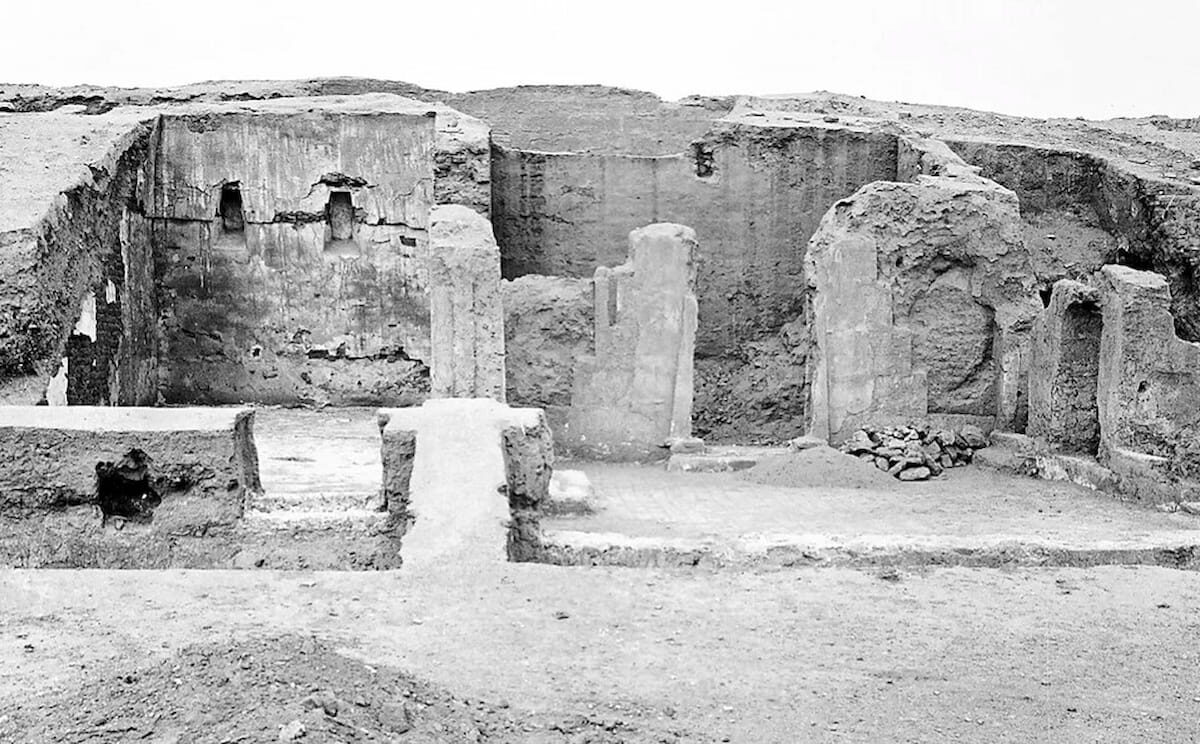For nearly a century, the structure known as the “Christian Building” in Dura-Europos has been heralded as a quintessential example of early Christian architecture. Dating back to around 232 CE, this building—located in the ancient Roman city of Dura-Europos in modern-day Syria—has long been considered the prototypical domus ecclesiae, or house church. This term describes […]
Syria
A Previously Unknown Roman Road Discovered Crossing the Golan Heights
A team of archaeologists has unearthed a previously unknown Roman road in the Golan Heights, specifically in the southern region between Gaulanitis and Hippos. The team, composed of Adam Pažout, Michael Eisenberg, and Mechael Osband, has documented that this road is one of the best-preserved sections of Roman roads in the region. Using a combination […]
The Mountain that Attracts Storms and Was Climbed by Three Roman Emperors
At the border between Turkey and Syria, near the mouth of the Orontes River on the Mediterranean Sea and about 30 kilometers north of ancient Ugarit (modern Ras Shamra), lies a mountain that has played a prominent role in the history of the region. Today it’s called Jebel Aqra (Mount Kel in Turkish), but it […]
How Archaeologists Discovered the First Diplomatic Treatises, Written in a Previously Unknown Language
In 1964, a team of archaeologists from the University of Rome La Sapienza, led by Paolo Matthiae, began excavating at Tell Mardikh, a site located 55 kilometers southeast of Aleppo, Syria. Their goal was to demonstrate that Syria had hosted its own cultures in ancient times. Over the years, the discoveries accumulated: ancient palaces, statues, […]
The failed siege of Acre, Napoleon’s first major setback
On May 20, 1799, Napoleon Bonaparte ordered the lifting of the siege of Acre, marking the end of a campaign that resulted in his failure to conquer Syria and, along with Egypt, permanently block the British passage to India. This ill-fated adventure cost him almost half of his forces (including those left in the Middle […]






